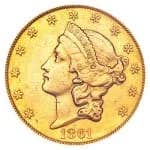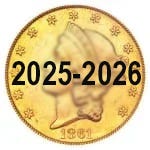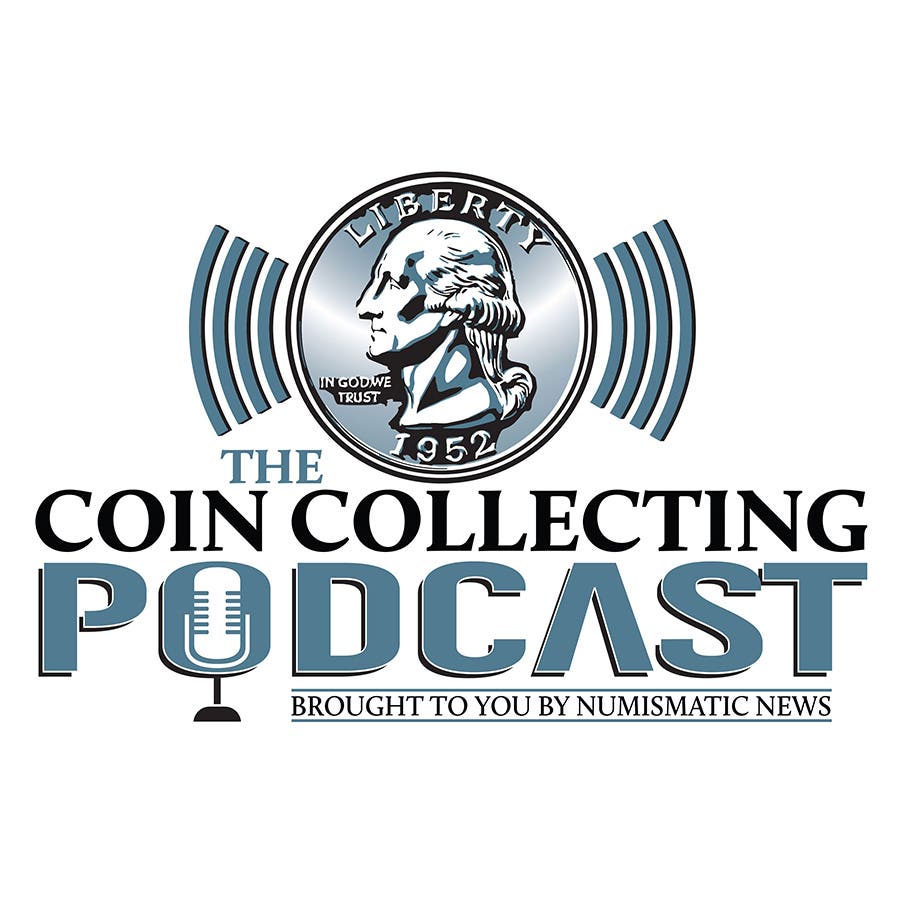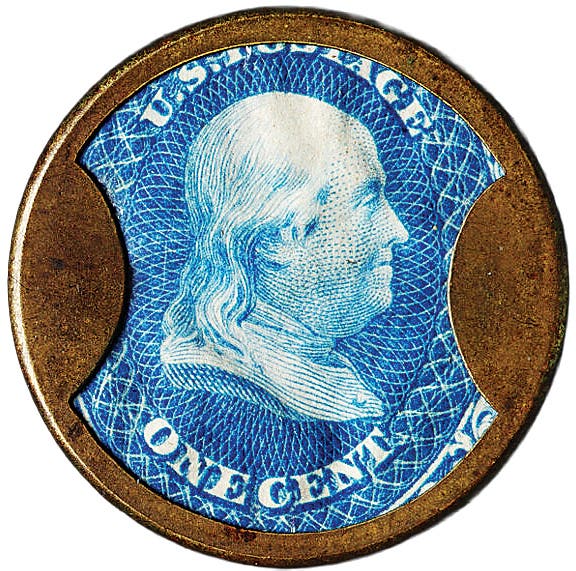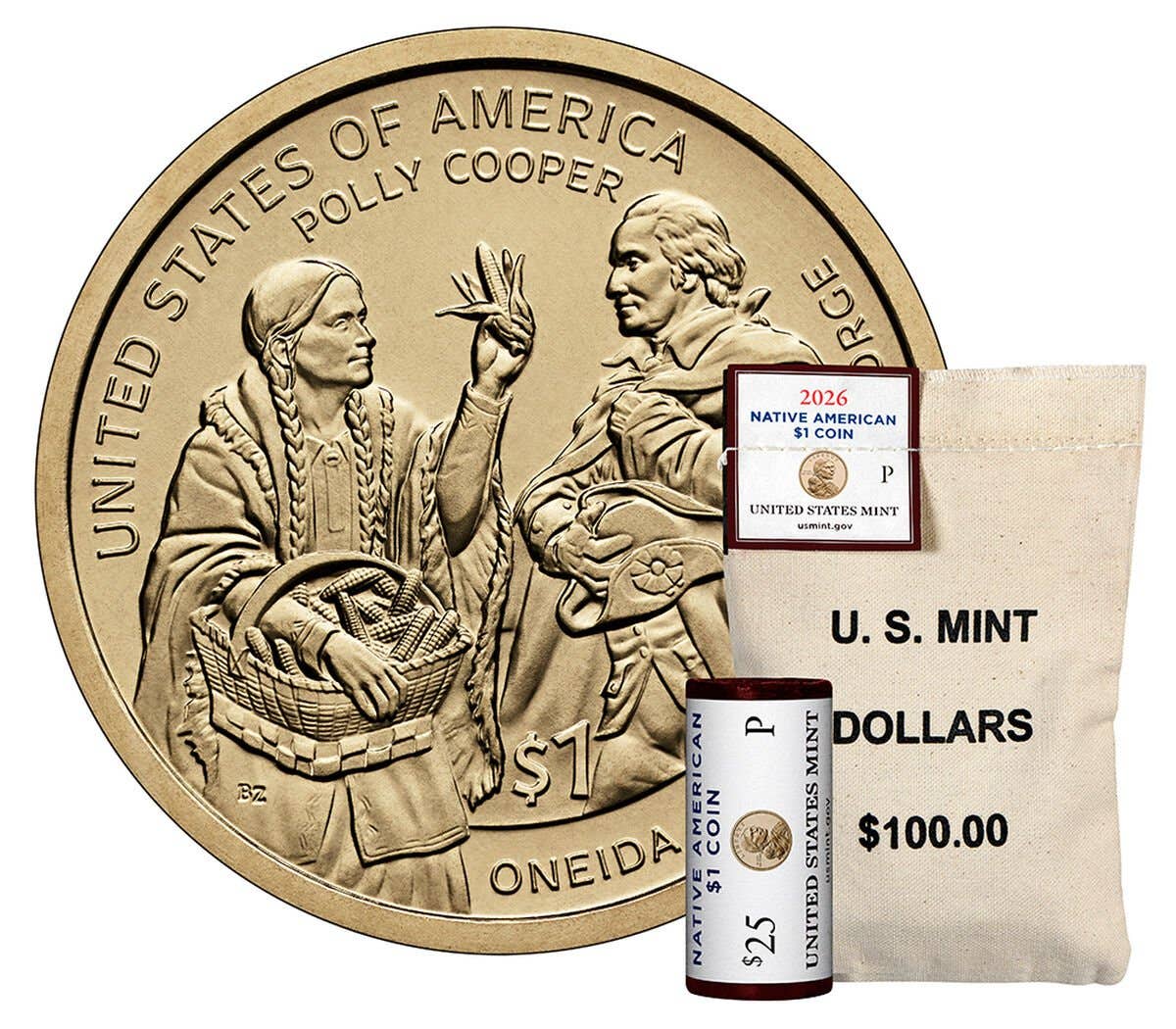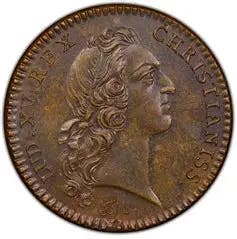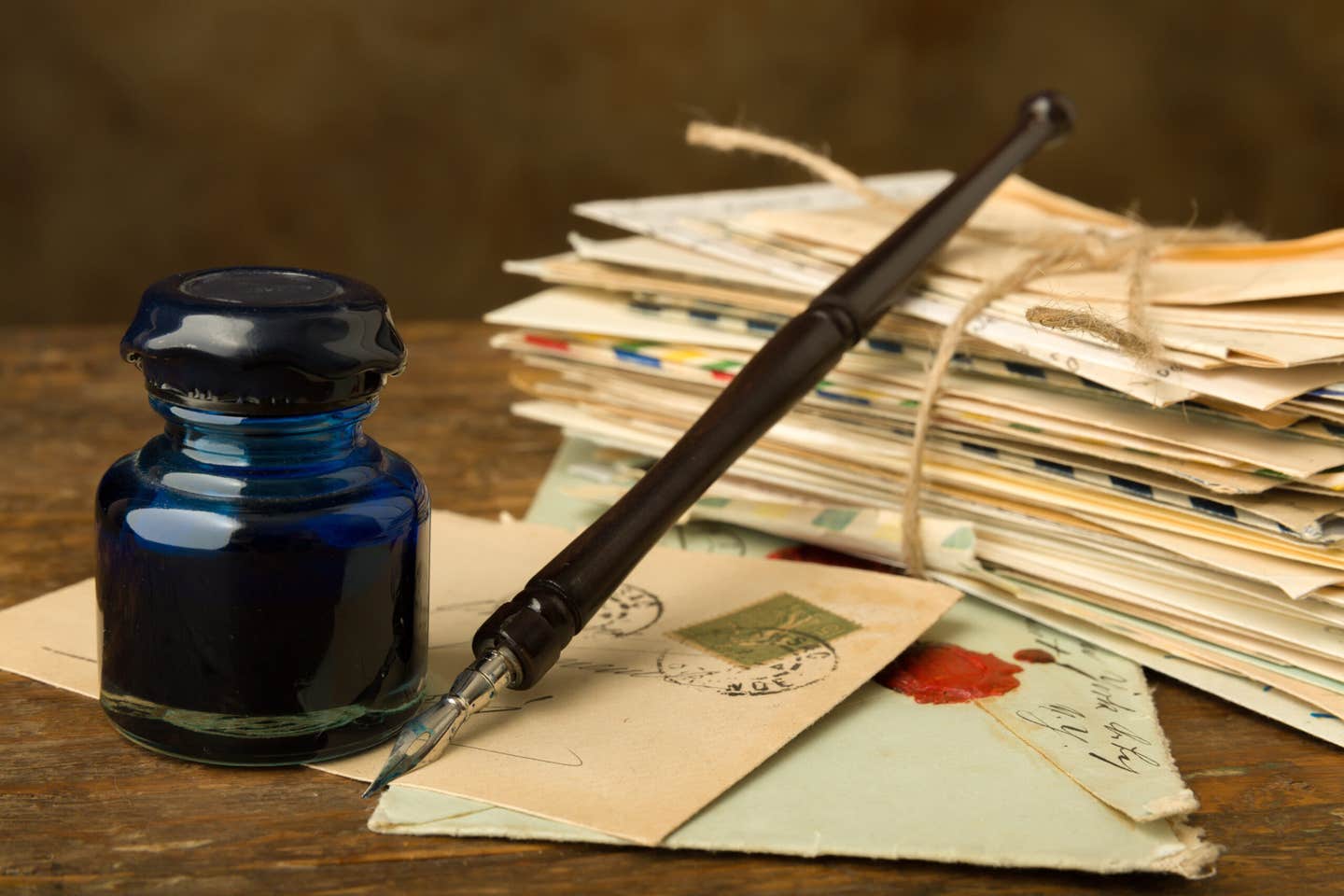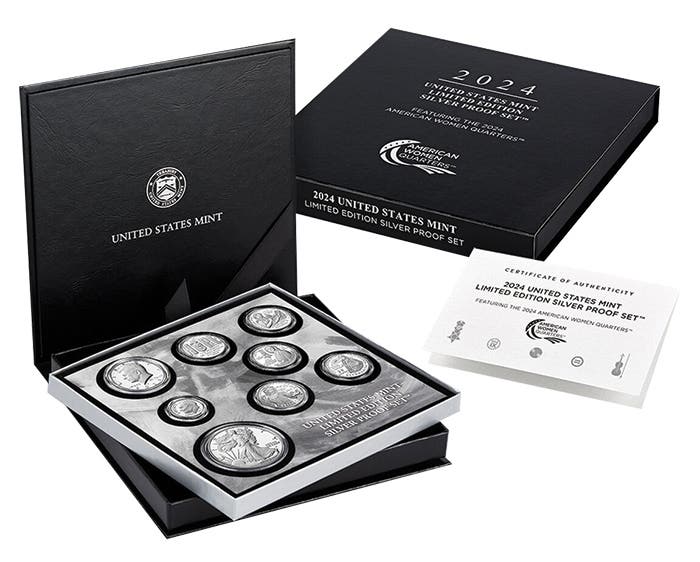Item of the Week: No Hype Makes 1914 Barber Half Dollar a Prize
Collectors chasing big silver may overlook a true bargain — the 1914 Barber half dollar, the lowest-mintage business-strike half of the 20th century and a surprisingly affordable classic.
It is easy to assume there are no good buys in large silver coins. For years, the market in large silver coins, especially Morgan dollars and Walking Liberty half dollars, was active. People bought all the big silver coins they could get, especially in MS-65 or better.
Naturally, when the market for a certain coin is hot, numismatic publishing follows the market. In publishing, you strike while the iron is hot. Of course, the attention creates still higher prices and even more attention, and that is how things were for years for silver coins.
Ironically, the Barber half dollar, which was first issued in 1892, did not get much attention, despite the fact that it is not as old as the Morgan dollar, first produced in 1878. During the interest, the only Barber halves that seemed to get attention were MS-65 type coins.
At the same time, the Walking Liberty half was probably more active in the market than the Peace dollar, so it was not a case where the interest in large silver coins stopped at dollars.
The reason interest did not extend to Barber half dollars is a basic one. The interest in Morgan dollars and Walking Liberty half dollars was fueled in large part by dealers promoting those coins. In order to promote any coin, the dealer must first have a supply, as you do not pay to run ads telling people they should be purchasing coins you do not have.
That was the problem with Barber half dollars. They were big silver coins that circulated at the same time most of the Morgan dollars were sitting in bags waiting for someone to want them. Even though millions of Morgans were melted, there were still millions sitting in bags. Barber half dollars, on the other hand, were sitting in pockets waiting to be spent, so decades later, there were lots of uncirculated Morgan dollars, but virtually no similar Barber half dollars.
Even today, the Barber half is not a hot topic at coin shows or in the papers. Collectors do not have to build additional bookshelves for all the books on Barber coins, and although the Barber half may not be sleeping, it is a real value.
Perhaps the most interesting Barber half is the 1914 from Philadelphia. The 1914 is the lowest-mintage Barber half, with a mintage of 124,610. That mintage makes the 1914 the lowest business strike half dollar of the 20th century – a distinction it will hold forever.
The 1914, despite that mintage, circulated in significant numbers. The best proof, other than the fact that most 1914 Barber halves are circulated, comes from the New York Subway Hoard, purchased by the Littleton Coin Company in 1996. The hoard had only key and semi-key dates plucked from circulation, starting in the 1940s. Twenty-five 1914 Barber halves were included – more than many other scarce Barber half dollar dates. Despite its mintage, there is every reason to believe that, unlike some other key 20th-century dates, the 1914 was not immediately hoarded in large numbers.
The price of a 1914 starts at $150 in G-4. That suggests that literally every collector can afford the lowest-mintage half dollar of the century. Of course, if every collector tried to buy one, the price would skyrocket as there were only 124,610 made, and not all are G-4. Many probably did not survive, so we do not know what the available supply is today.
You may also like:

